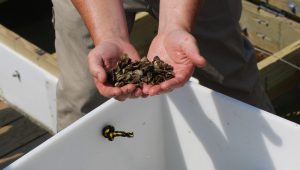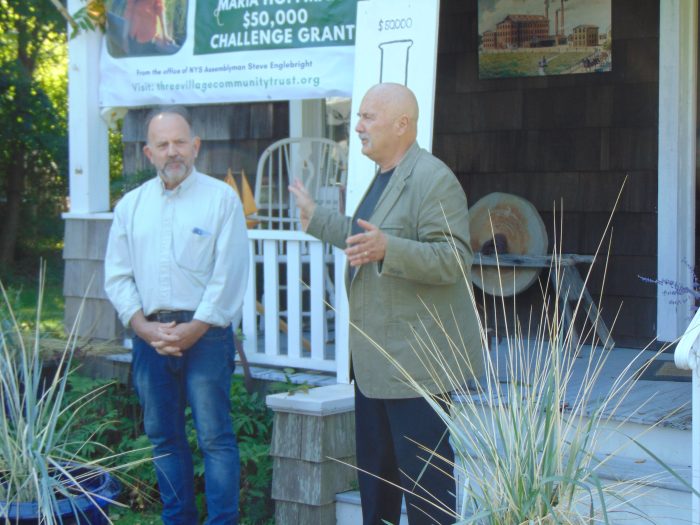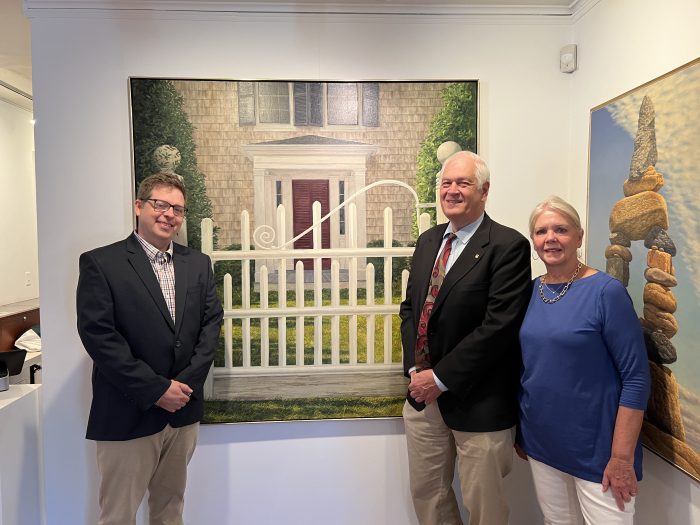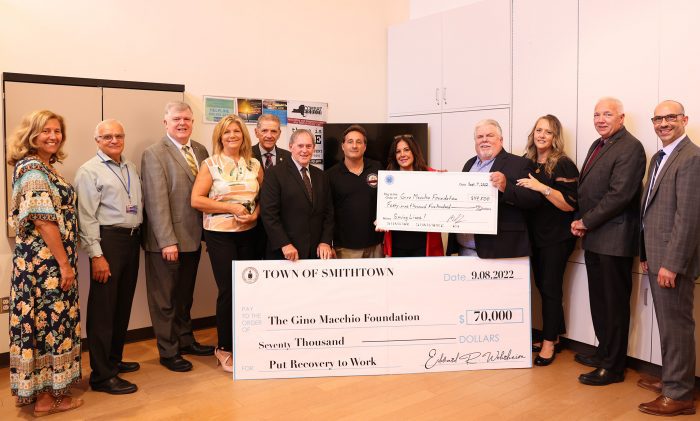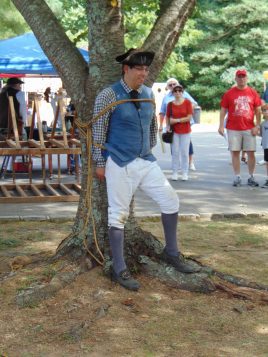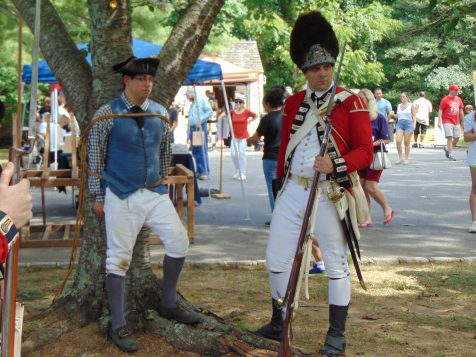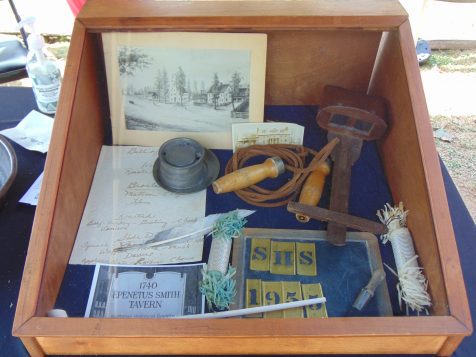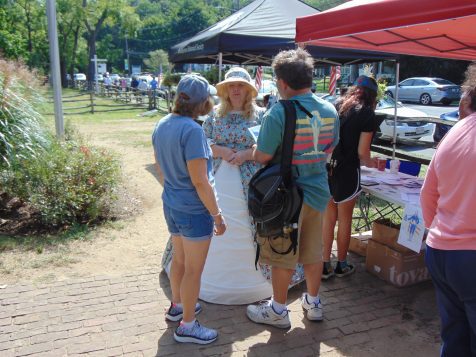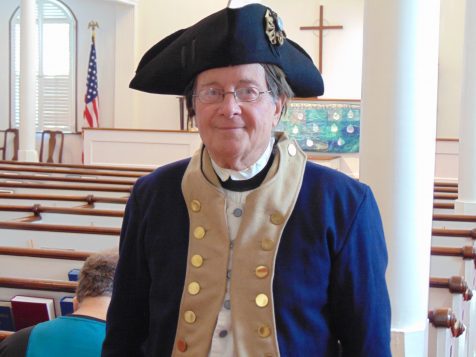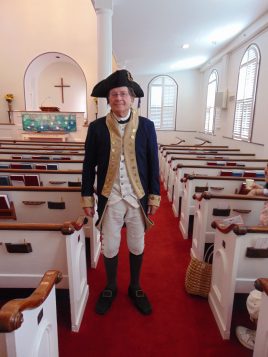Smithtown residents have grown accustomed to an ever-changing Main Street, with businesses moving in and out on a regular basis. Recently, James Cress Florist moved a few doors down from its original location. For the last few months, people have noticed that the photos of smiling families, brides and grooms no longer fill the window of Renaissance Studio at 39 W. Main as the images have done for more than four decades.

While the business sign still remains, owner Ron Denenberg has cleaned out the building he first rented in 1979 and bought in 1994. Soon the storefront will be occupied by a new business. The photographer had already been working from home as much as possible during the pandemic. After the passing of his wife, Liz, in December, Denenberg decided it was time to retire.
He and his wife founded the business in 1971, initially working in Queens. The couple moved from Brooklyn to Smithtown in 1973 and opened their Long Island location in 1979. For a few years, the Denenbergs ran a little photo studio in their home in the town. They then discovered Smithtown residents couldn’t have such a business in their house.
“We didn’t know you couldn’t have a business in the house, because we knew people with businesses in their houses,” he said. “But, photographers are considered retail because they’re considered camera stores.”
He said he was surprised that camera stores and photo studios were lumped together because he never sold cameras, and throughout his career, he hasn’t met any professional photographers who sell merchandise in their studios.
The couple found Smithtown to be different from city life.
“It was a whole new world,” Denenberg said. “This was farm country.”
He remembers a time when a pizza place, cleaners and bakery were located across the street from his studio, where CVS is now. Behind it, when they first moved to the town, was Blue Jay Market, then King Kullen and eventually a hardware store and Strawberry Field Supermarket. Where the Thai House is now, there was once a store with a soda fountain counter.
Denenberg also recalls when Main Street was lined with locust trees from Route 111 to Maple Avenue until 1985, when Hurricane Gloria knocked down the majority of the trees. Traffic was different during the earlier years, too.
“I used to be able to walk across Main Street without looking in the ’70s,” he said. “Now it’s a race for your life.”

Throughout his career, he has photographed people in many local and surrounding locations. Among his favorite shooting spots are the Byzantine Catholic Church of the Resurrection on Edgewater Avenue and Flowerfield Celebrations with its ponds and fountains.
“It’s just one of the most gorgeous places to take photos,” he said.
Denenberg also counts Smithtown’s Short Beach and near the Smithtown Bull among his favorite backgrounds. Frank Melville Memorial Park in Setauket is another favorite as he said no matter where the sun is one can find a beautiful spot at the park.
Through the decades, he’s seen a lot of changes in the photo industry, too. He credited his wife with always thinking outside of the box.
When the first digital camera came out, she knew it could potentially hurt the profession. Liz Denenberg encouraged her husband to start offering more portrait photography and then commercial services where he would take photos of buildings, employees and even products.
“I pushed myself into learning different techniques,” he said.
The business owner said without depending on wedding photography, he and his wife saved time with less energy being spent after events creating albums and touching up photos.
“Our gross went down because weddings cost a lot of money, but our [bottom line] income went up because we weren’t spending on other photographers and employees,” he said.
Recently, the pandemic also affected the industry, he said, with many brides and grooms not only postponing but canceling their receptions. COVID-19 restrictions affected other celebrations such as Communions, also bar and bat mitzvahs.
It was a big change for Denenberg who, along with the photographers he hired, once photographed 200 to 300 children a year celebrating their First Communion in addition to an average of nearly 100 weddings each year and other jobs.
Now, as he retires, Denenberg puts all that behind him. The photographer said he is looking forward to spending more time with his children and grandchildren, as well as traveling. And while it will be smaller in size than the ones he used in the past, Denenberg has a new camera that will accompany him on his future adventures.



